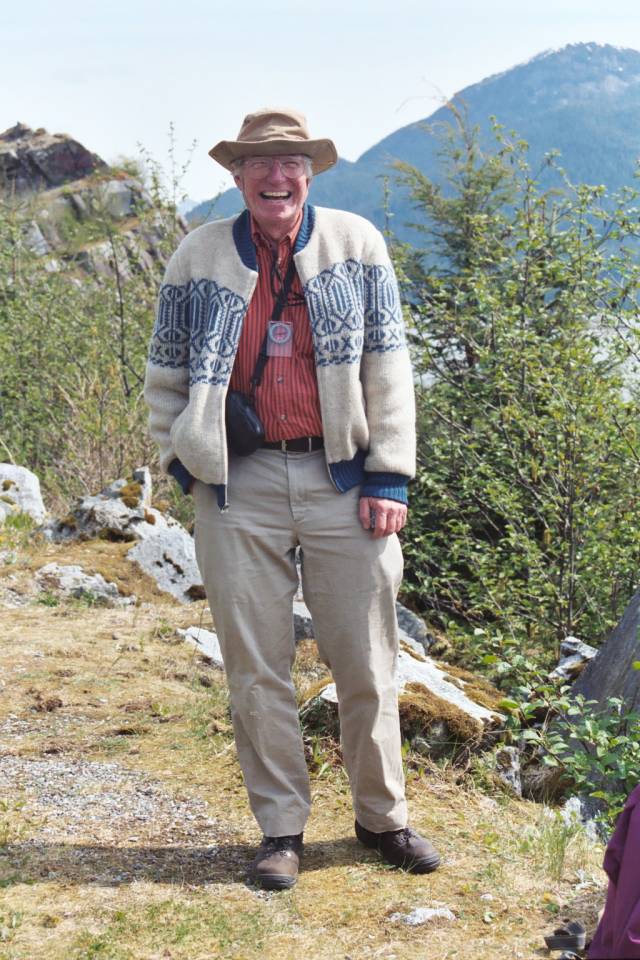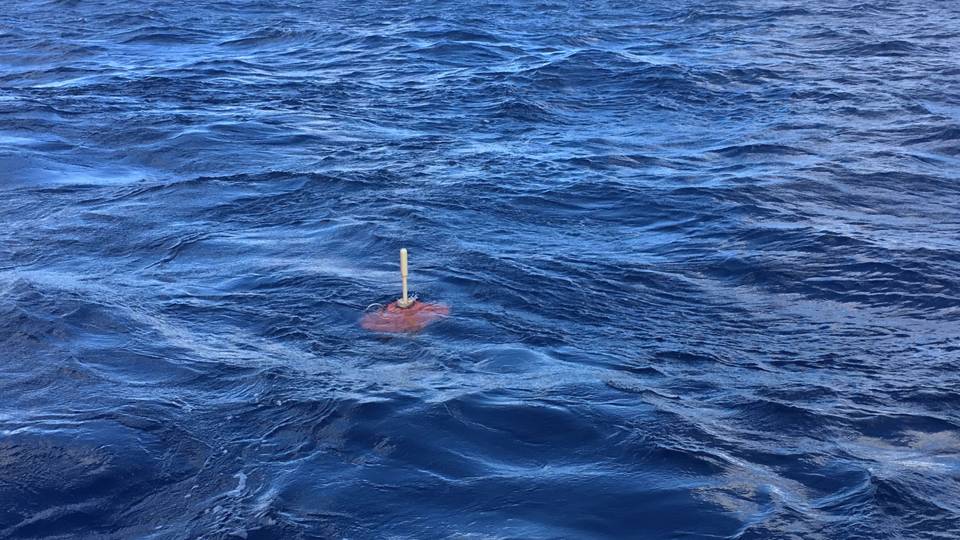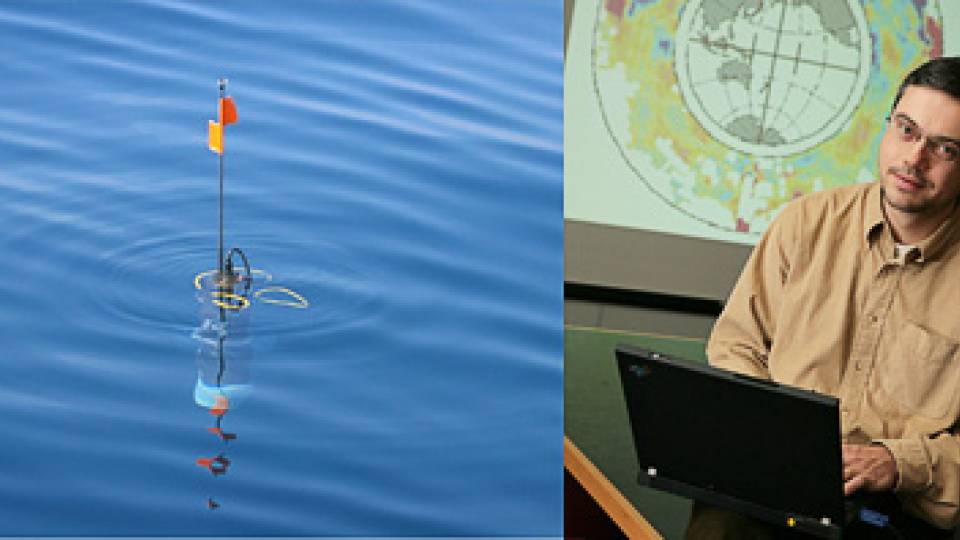W. Jason Morgan, photographed here in the 1970s while sitting in his Guyot Hall office, was a pioneer in the field of plate tectonics.
William Jason Morgan, a leading scholar of plate tectonics and mantle movements, died on July 31 in his sleep, at the home he shared with his daughter and her family. He was 87.
Morgan, Princeton University’s Knox Taylor Professor of Geology, Emeritus, and a professor of geophysics, emeritus, was a pioneer of the theory of plate tectonics, which explains that mountains, earthquakes, volcanoes and more are caused by the movement of rigid plates floating on Earth’s mantle. This theory represented a huge step forward when Morgan, known universally as Jason, proposed it during a conference in 1967. At that time, scientists struggled to explain the origins of mountains or the movement of the continents.
“Jason Morgan was the last man who knew everything,” said Lincoln Hollister, an emeritus professor of geosciences and Morgan’s longtime friend. “He was not just a pioneer in geology; he grasped the full historical context for geological details and was fully aware of how each detail connected to everything else.”
Other scientists, including Princeton’s Harry Hess and Frederick Vine, had played key roles in laying out vital pieces of evidence for how the continents might move, but Morgan was the first to identify that our planet’s surface is broken into about 20 plates underlying both continents and oceans, and that these plates can separate, collide, or slide side-by-side, thus linking together the San Andreas Fault, the Pacific Ocean’s volcanic “ring of fire,” mid-oceanic ridges, and many other geological phenomena into a cohesive model.
“Jason Morgan, the physicist, was to geology what Darwin, the geologist, was to biology,” said Frederik Simons, associate chair of geosciences. “Entire books, tens of them, have been written about the history of plate tectonics (and its acceptance) and the crucial role of Morgan in it. We rarely anymore cite Newton for F=ma, or Einstein about E=mc2, and we no longer need to cite Morgan’s early work on plate tectonics, which was, essentially, universally accepted by the late 1960s, and is now the stuff of schoolbooks and college texts.”
For his fundamental scientific contributions, Morgan received the National Medal of Science, the nation’s highest scientific honor. Among his many other awards are the Japan Prize; the Maurice Ewing Medal, jointly sponsored by the American Geophysical Union and the U.S. Navy; the Leon Lutaud Prize of the French Academy of Sciences; and the Alfred Wegener Medal of the European Geosciences Union. He was elected to the National Academy of Sciences in 1982.
Morgan was also a character in John McPhee’s “Annals of the Former World.”
“Quartered in Geosciences as a guest from the Council of the Humanities, I was plain lucky to know Jason Morgan,” said McPhee, senior fellow in journalism at Princeton.
In “Annals,” McPhee wrote: “At the 1967 meeting of the American Geophysical Union, he was scheduled to deliver a paper on the Puerto Rico Trench. When the day came, he got up and said he was not going to deal with that topic. Instead, reading a paper he called ‘Rises, Trenches, Great Faults, and Crustal Blocks,’ he revealed to the geological profession the existence of plate tectonics. … I once heard a friend of Morgan’s ask him what he thought he could possibly do, if anything, as an encore to all that. Morgan is shy, and speaks softly, in accents that faintly echo a youth in Savannah, Georgia. ‘I don't know,’ he answered, with a shrug and a smile. ‘Prove it wrong, I guess.’”
Born Oct. 10, 1935, in Savannah, Morgan graduated from Savannah High School in 1953, the Georgia Institute of Technology in 1957, then spent two years in the U.S. Navy, after which he came to Princeton as a graduate student in physics. He studied under renowned physicist Robert Dicke, received his Ph.D. in physics in 1964 and immediately moved to the geosciences department for postdoctoral research. He joined the faculty as an assistant professor in 1966, was promoted to associate professor in 1971 and became a full professor in 1975. In 1988, he was named the Knox Taylor Professor of Geography. (“Geography” was replaced with “Geology” in 2004.) He was the director of Princeton’s program in geological engineering from 1996 to 2003, and he transferred to emeritus status in February 2004.
After publishing his seminal plate tectonics paper, Morgan began studying volcanic regions called “hot spots,” in which a column of hot mantle rises from the core-mantle boundary and melts to produce magma just beneath a tectonic plate. This mantle plume hypothesis, published in the journal Nature in 1971, remains a leading explanation for still-unsettled questions about the formation of undersea mountains and landmasses like Hawaii and Iceland.
Morgan’s contribution to understanding hot spots and mantle plumes “remains as relevant as ever,” Simons said, “cited, debated, argued over, and still the stuff of NSF grant proposals like I literally just submitted, two days after his death.”
“Jason’s work was far-reaching and redefined how geologists understand the Earth from its surface down to the deep interior,” said Thomas Duffy, chair and professor of geosciences.

Morgan laughs during a 2003 field trip to British Columbia. "Jason went on every field trip he could hitch a ride with," said his longtime friend and colleague Lincoln Hollister. "He would patiently learn from the students on the trips and would help them understand the bigger story. Every rock was a data point for understanding the bigger picture."
In addition to his scientific accomplishments, Duffy said, Morgan was a “dedicated and popular teacher,” who co-taught a freshman seminar “that attracted many students into the geosciences through fieldwork in the mountains of California.” Morgan also taught “Evolution of Ocean Basins,” a plate tectonics course, as well as undergraduate and graduate geophysics courses and the popular introductory course “Natural Hazards” — known to students as “Shake and Bake”— among many others.
Many of his students and colleagues cited his kindness, as well as the gentle manner that belied his incisive intellect.
“Jason was patient, and Jason was kind,” Simons said. “It was known that his name did not appear on half or more of the publications that were written out of his collaborations with students. When you talked to Jason he would take long pauses, to formulate deep thoughts, fed from encyclopedic knowledge and profound insight.”
Jeroen Tromp, Princeton’s Blair Professor of Geology and a professor of geosciences and applied and computational mathematics, remembered that while he was a graduate student at Princeton in the early 1990s, “Jason’s office was declared a fire hazard by the Princeton University fire marshal because it contained about 15 man-sized stacks of reprints and papers. But if you came to ask him a question, he would be able to locate the right reference instantly, without fail.”
Shortly before Morgan's retirement from Princeton, 30 of the world’s leading geophysicists — many of them his former students — gathered in Princeton’s Guyot Hall for “Morganfest,” a celebration of Morgan’s contributions to “the ongoing revolution in Earth dynamics.”
Ken Deffeyes, then the geosciences chair, told the assembled scientists that “in the fall of 1968, our beginning geology course had Hess, Vine, and Morgan as visiting speakers on three consecutive Fridays. We have no record of Copernicus, Galileo, and Newton showing up for freshman physics.”
One of the speakers was Morgan’s first Ph. D. student, Lawrence Cathles, who wrote a thesis on the Earth’s mantle that has become a fundamental book in the field.
“He was an ideal advisor, never intruding too closely in day-to-day work but always available for questions and always clear and thoughtful in discussions,” Cathles said. “We became good friends, and I later spent many fascinating visits with his family in their apartment next to campus. A great many people will miss him very much, and I am certainly included in that very long list.”
Another speaker was Barbara Romanowicz, a leading geophysicist at the University of California-Berkeley. She described her favorite memory of Morgan, from when she won a significant fellowship: “I remember standing outside of the room, intimidated and wondering what I was supposed to do, when Jason came up to me, warmly congratulated me, and asked whether anyone was accompanying me. As this was not the case, he explained the process to me and kept me company during the whole ceremony. He was a towering figure in the geosciences community and also a real gentleman.”
Morgan was predeceased by his wife Cary and is survived by his children Jason Morgan, a geophysicist, and Michèle Morgan, a curator at Harvard’s Peabody Museum of Archaeology and Ethnology, as well as six grandchildren. Michèle and her husband Robert DeLossa are both members of Princeton’s Class of 1985.
You are invited to view or share comments on a memorial page intended to honor Morgan’s life and legacy.




